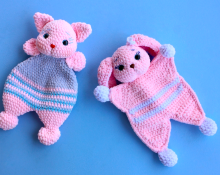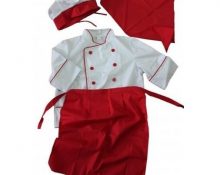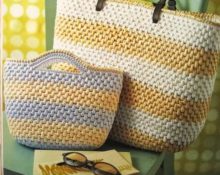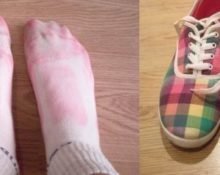In this article we will tell you how to sew such inexpensive and unusual toys as finger puppets at home. Such toys take up little space in the bag, captivate the child, are easy to use and will help keep the baby occupied during the trip.
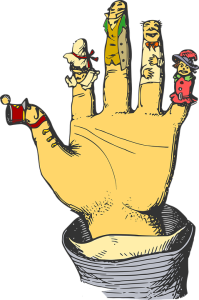
A Brief History of Finger Puppets
The first finger puppets appeared during the times of Ancient Egypt. Initially, these unusual toys served far from an entertainment function: they served to appeal to the gods with the help of special puppet performances. Later in Ancient Rome, similar finger puppet performances were staged for children's education and entertainment. Already in the Middle Ages, finger puppets were used by street performers and traveling musicians to attract audiences. But the main topics were not the ancient gods and their praise, but plays, most often satirical, ridiculing the authorities or parodying famous personalities.
The first puppet theater appeared in Russia in 1636, and in 1700, with the active support of Peter I, the first touring artists began to come to the Russian Empire with their performances. Over time, Russian craftsmen adopted European traditions and began making dolls: the nobility were entertained by large dolls in luxurious clothes that could move with the help of special joints, and poor merchants, artisans and peasants entertained their children with the help of finger puppets. The most recognizable hero of the finger theater was Petrushka, the main storyteller and sometimes the acting hero.
The story of the most famous finger theater character
The central character of almost all puppet shows was Petrushka. It is known that the Russian jester first appeared on Russian squares back in the 17th century. The famous German traveler and scientist Adam Olearius writes about him in his notes. Sometimes buffoons performed, and in poorer regions primitive puppet theaters with frivolous plots were staged. Such performances were attended not only by young people, but also by small children, which greatly outraged the pedantic German. From the notes of the German scientist, you can find out that initially Petrushka was a negative character: he embodied all the negative traits and served as a warning for young people. Most often, Parsley was endowed with hypertrophied facial features: large eyes and a large nose with an expressive hump. In addition, Petrushka often had dark skin. Already in the 18th century, Petrushka began to act not in the role of a silly villain, but in the role of a storyteller, the voice of the author. He immediately attracted the attention of spectators with his bright costume, which usually consisted of brown or red trousers, a scarlet blouse and a red hat, reminiscent of a jester's.Sometimes Petrushka acted as the main character who “traveled” and met other heroes with different characters. These were by no means fairy-tale characters: the most popular stories were about meetings with soldiers, gypsies, doctors, Parsley’s bride, police officers, and even Death itself (the traditional plot says that Parsley can defeat even her). Most often, these heroes were not kind to the wanderer, so Petrushka often had to fight this injustice with the help of his wit, and sometimes with the help of his fists.
What you need to sew a finger puppet
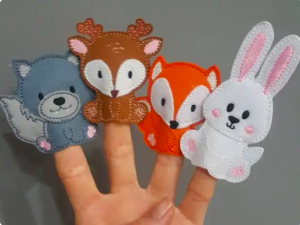
Finger puppets are still popular today because they are easy to make, easily fit even in a small handbag, and can keep a child occupied while traveling. It all depends on the imagination of the main puppeteer and his ability to improvise. With the help of finger toys you can not only entertain your child, but also develop his fine motor skills and imagination.
To sew a finger puppet you will need:
- sewing supplies (needle, thread, scissors, etc.)
- finger shape
- pieces of multi-colored felt
- decor in the form of beads, sequins or buttons
Step-by-step sewing pattern for a finger puppet
A simple scheme allows you to complement and modify the toys, creating new characters. Sewing a finger puppet itself takes no more than ten minutes, but you can work on the decor to make it more interesting for the child to interact with the toy.
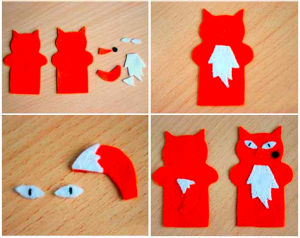
- Use the template presented in the article and cut out fragments of the finger puppet from felt.
- Secure the edges with thread and form the character's face. Eyes, nose and lips can be sewn on separately, or they can be drawn using felt-tip pens or special fabric paints.
- Decorate your finger puppet by adding beaded details, large rhinestones or buttons.


 0
0